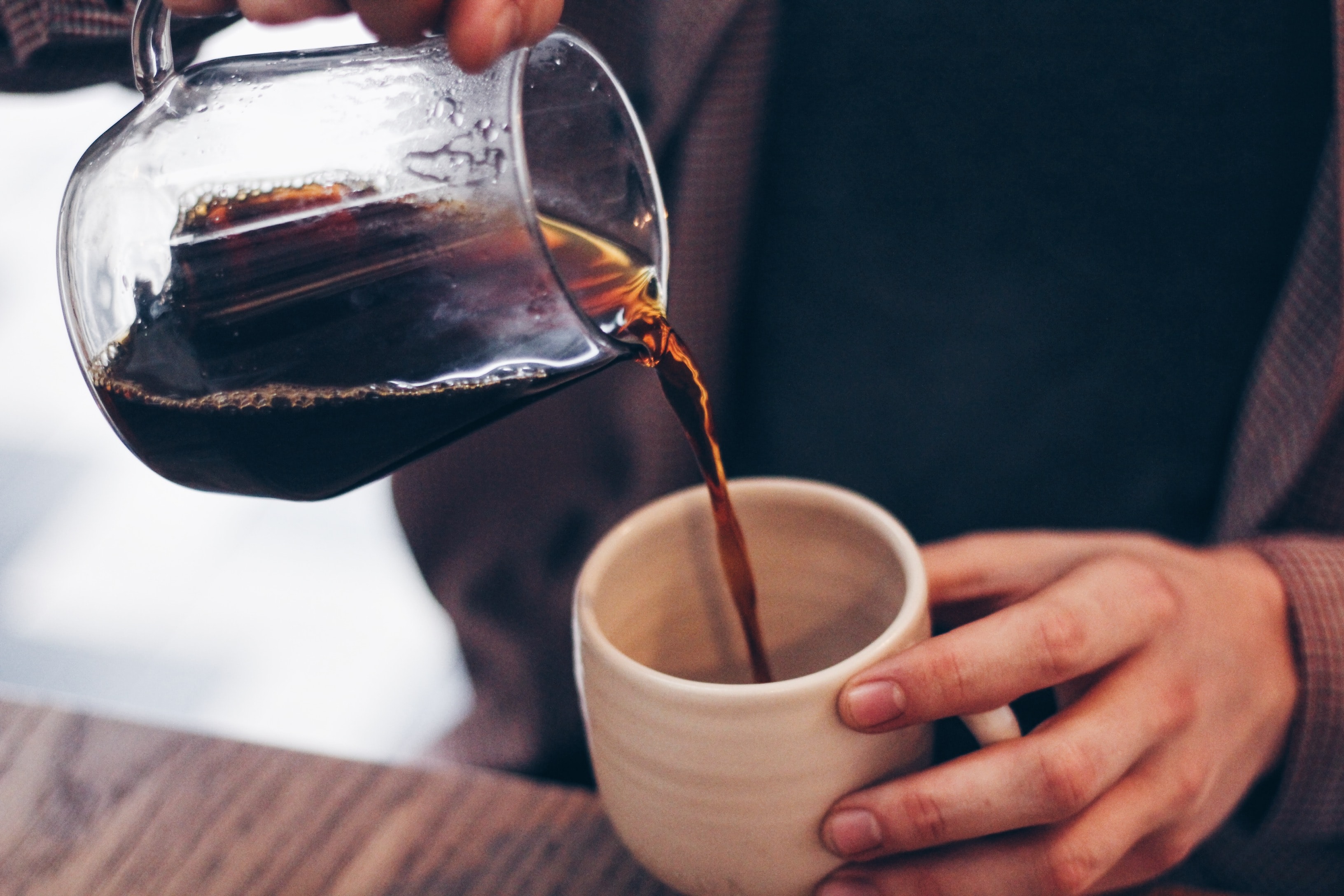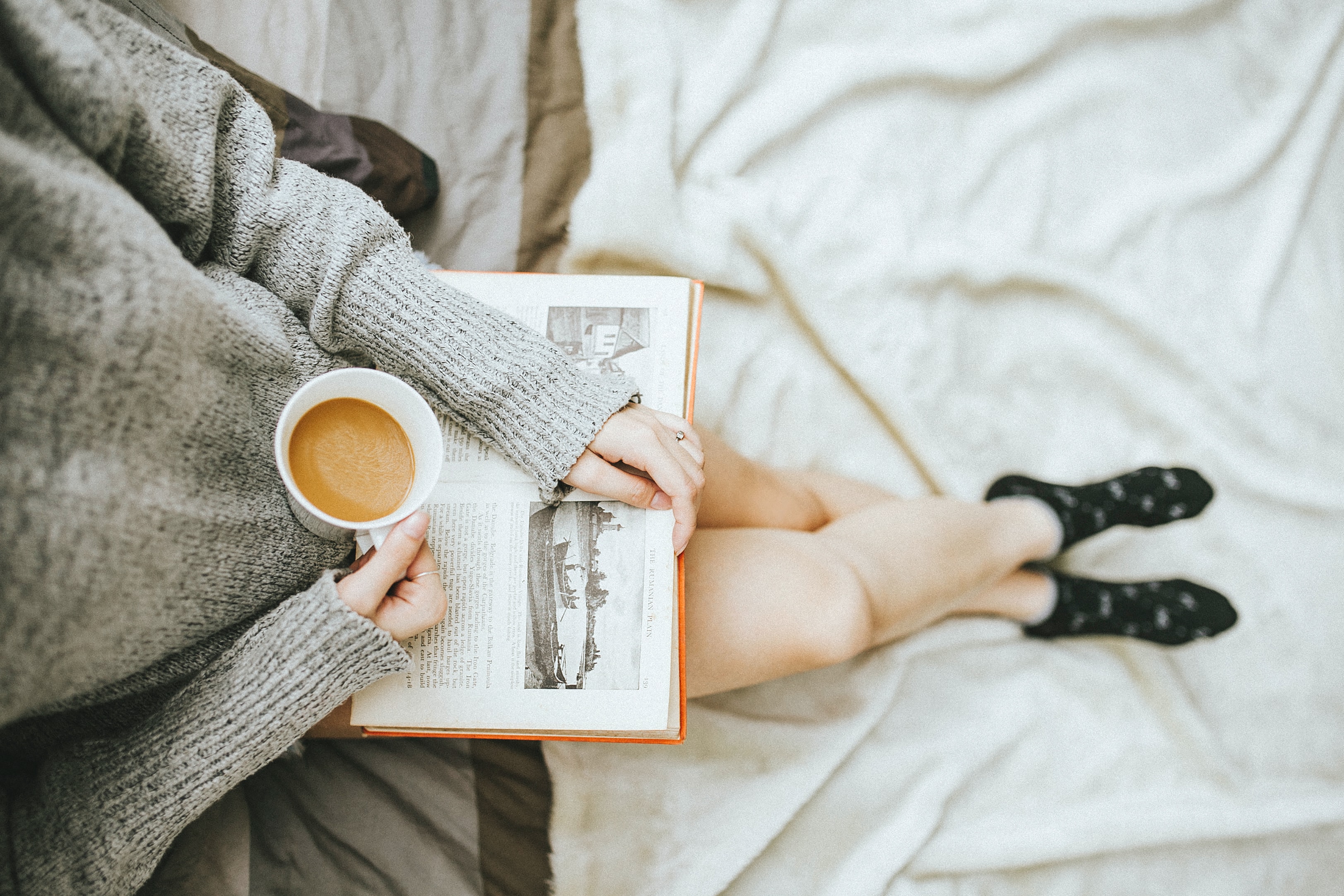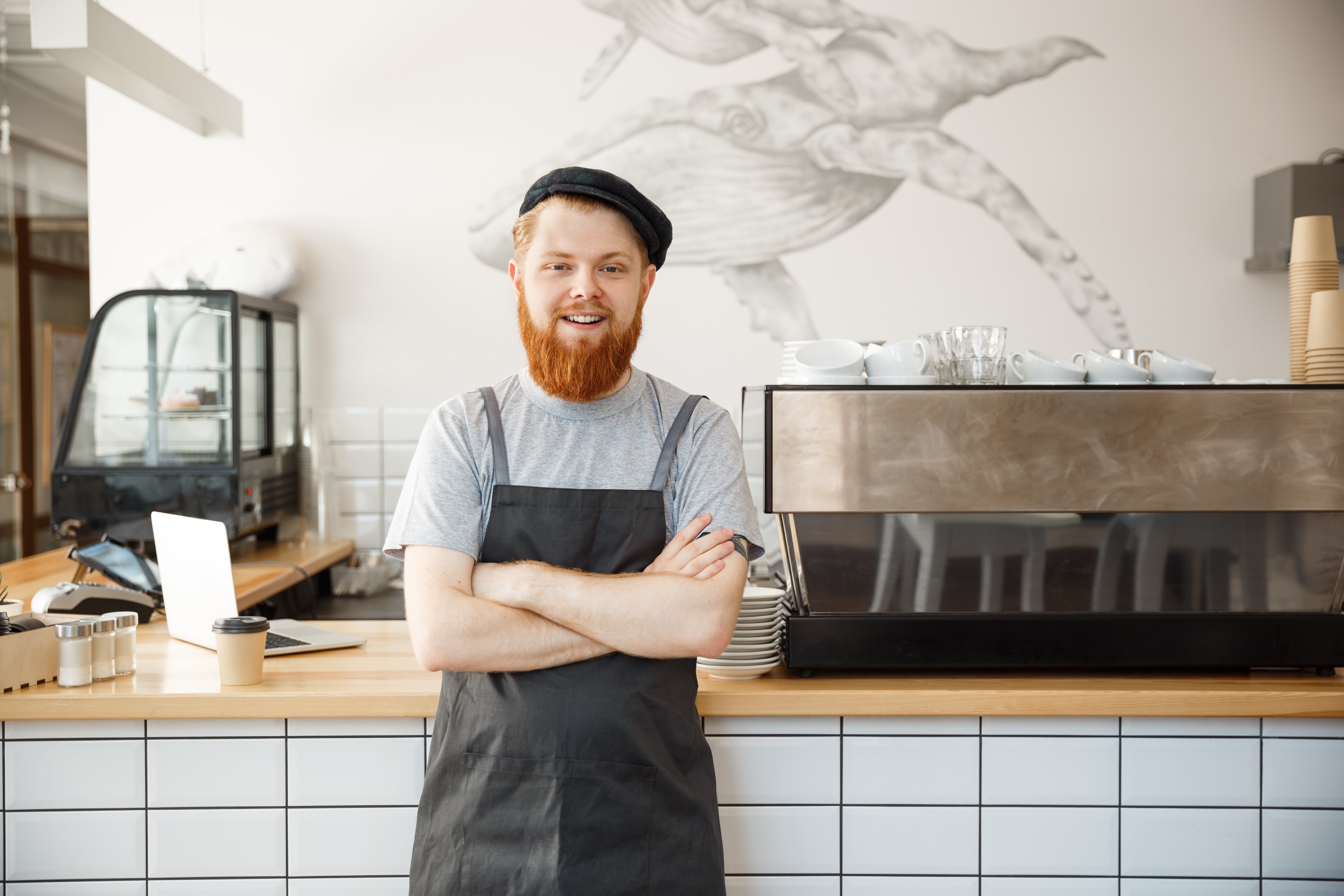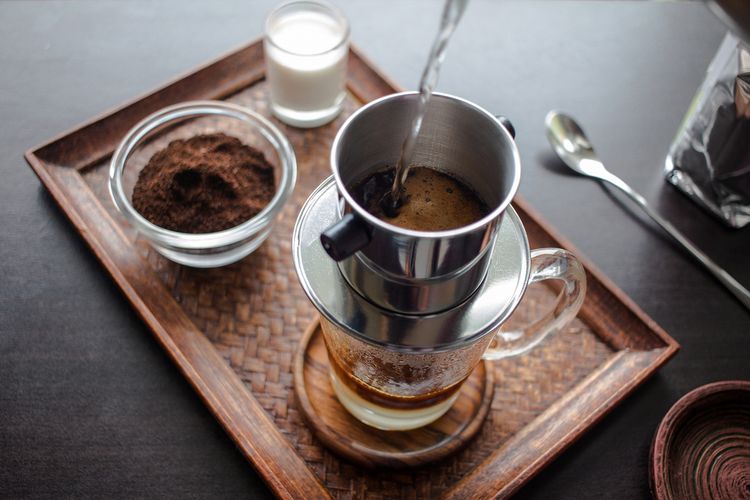We all know that good coffee is indeed one brewed by heart, and no one has the right to impose a specific brewing method. But, it would be much better if you brew coffee by applying a little insight into how to treat coffee during the process. There's nothing wrong with measuring coffee with a spoon, but it will be different if you know how many grams of coffee grounds per spoon. Even with measurable metrics with insight, you can still optimize coffee brewing according to your taste.
Coffee connoisseurs often make at least 12 mistakes when brewing coffee at home. Don't worry; it isn't just beginners who make these mistakes. Even coffee enthusiasts often do it. Curious, what are those?

Using less hot steeping water
The recommended water temperature is 90-96°C for manual coffee brewing. However, many people also brew their coffee below 90° - in the 80-90°C range. Did you know that when the heater stops, the water temperature does not stop but gradually decreases? So, don't be surprised if you plan to heat it at 90°C, but when brewing, you might end it at 88-89°C.
Using coffee that has been ground coffee for too long
Storing coffee in the form of beans is highly recommended because coffee beans are more resistant to exposure to air than if you keep it in powder form. Coffee in powder form that is stored for too long will impact taste quality - the longer it will gradually decrease. The reduced aroma of coffee grounds indicates this quality. Even when coffee grounds meet hot water, no significant sensation is produced.
Pouring a serving of coffee into a cold cup
A serving of coffee poured into a cup of average temperature will quickly drop, which is certainly detrimental. To anticipate this, many people pre-heat their cups before use so that the coffee serving temperature and the cup temperature are balanced - when they pour coffee, there is no drop in temperature. So, pre-heating is done to rinse the coffee utensil to ensure its cleanliness and to balance the temperature of the equipment used.
Drinking from the wrong type of cup
Each variety of coffee has its type of cup. The shape of the cup can also enhance a person's taste sensations while sipping coffee. Did you know that the cup production material also can maintain the temperature of a delicious coffee dish? There are even many types of cups that are not matched with coffee!
Using coffee beans that have been exposed to the air
This point explains why many people store their coffee in beans to keep it fresh. Imagine you use fresh coffee when you brew; indeed, the extracted taste's character is more memorable. So it is better to store coffee in beans and use airtight coffee bean storage.

Relying on intuition to measure without exact size
When brewing coffee at home, weighing the coffee beans is often intentionally or even forgotten. If you feel you want to brew coffee practically at home, you can use a spoon to measure the serving capacity based on the cup used. Using a spoon is okay as long as you know the approximate number of grams in 1 spoon; it will make it easier the next time you brew and wants to optimize your coffee brewing.
Not optimizing the taste of the coffee
There are many variations of coffee, depending on the taste of coffee connoisseurs. Steeping coffee, like filter coffee, can be turned into iced and milk coffee. If you want to give the impression of a sweet taste, but it doesn't come from sugar or milk, you can use the spices in the kitchen.
Using the wrong ratio of coffee and water
At its most basic, to make your coffee dish a little better than your last time's brew, pay attention to the ratio of coffee used. If last time you used 15 grams of coffee grounds, try to change it to 16 grams, and you can feel the difference in taste. Ultimately, the ratio of coffee used depends on individual preferences.
Using poor water quality
Coffee brewing does not only involve variables such as ratio, weight, coffee tools, and others. Moreover, the water used also affects the taste. If you use poor quality water, then brewing coffee ends badly. We recommend you ensure water quality by water filtration.
Too often, leave the coffee grounds in the filter
Coffee grounds left behind from the previous brewing can affect the character of an uncomfortable taste. If you are used to leaving coffee grounds, then be prepared if the coffee brewing afterward will be less pleasant. Make sure that coffee residue is not left on all equipment, as this has the potential to interfere with the extraction of the next brew.
Storing coffee beans in the wrong storage
All storage or canisters looks the same, but there will be a clear difference in storing coffee beans. For coffee, you need storage that can store and maintain the freshness of the coffee beans. A brand like Ankomn has a particular feature because it not only dispels exposure to air from outside but also expels the air inside the jar.
Forget to clean and rinse the coffee utensil
It will help if you rinse the coffee utensil before and after brewing to ensure the cleanliness of the utensil is maintained. Before brewing, you need to rinse with hot water - in addition to ensuring cleanliness; this is also to keep the temperature of the coffee utensil balanced. After brewing, it also needs to be washed regularly to ensure the detailed parts of the coffee tool are spotless.




.png)





Comments